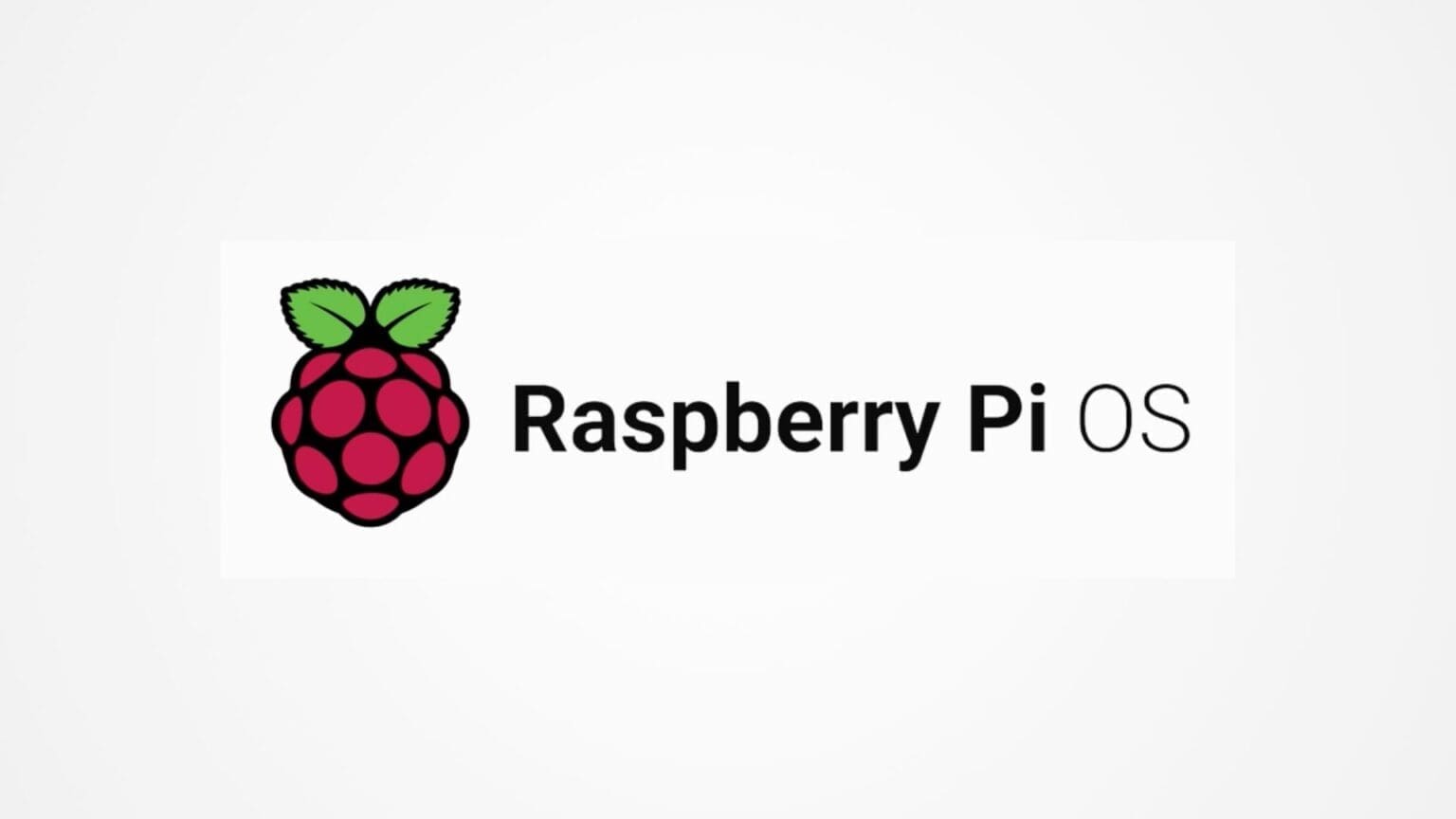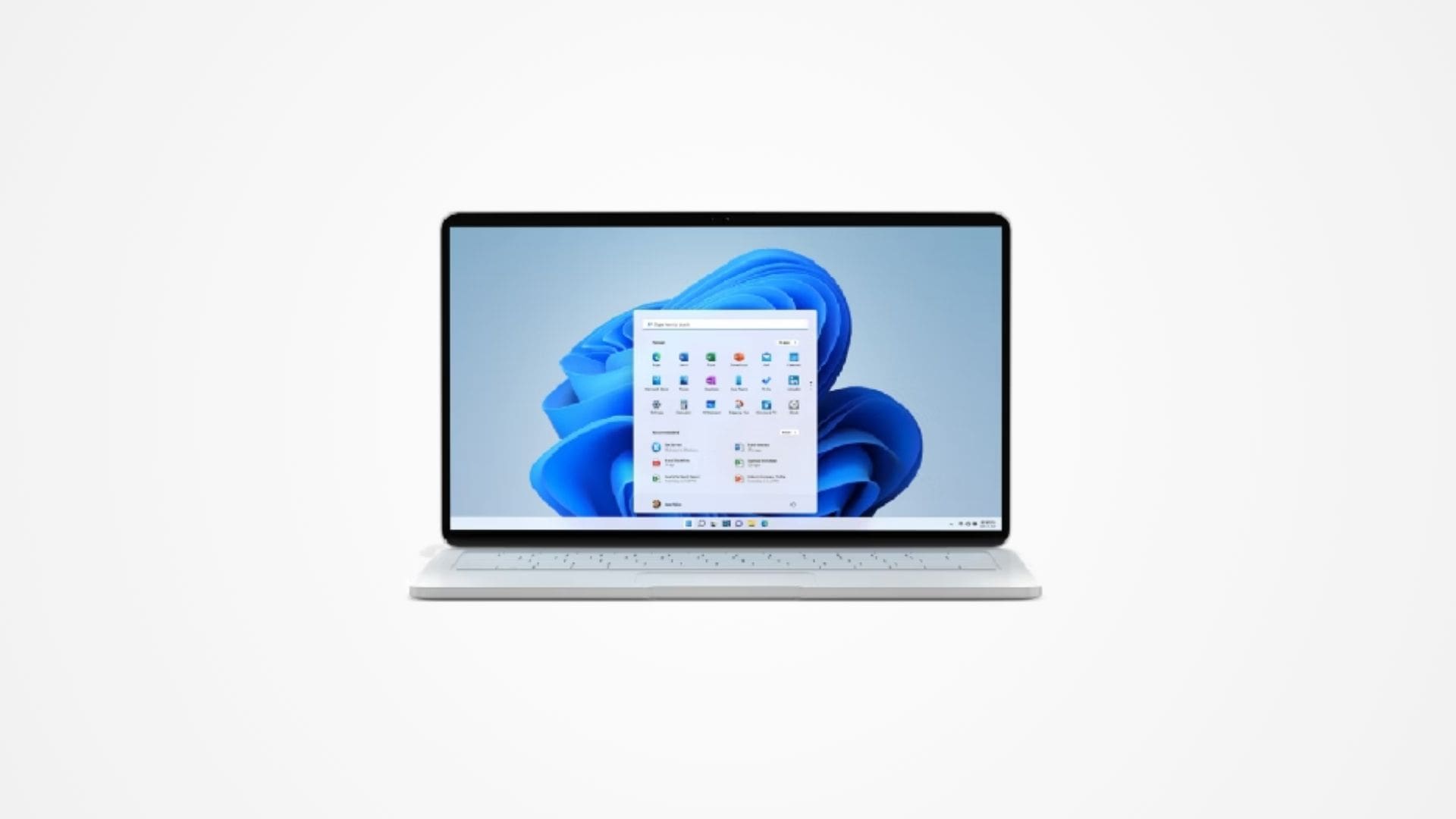Raspberry Pi OS (formerly known as Raspbian) is the official operating system for the Raspberry Pi, specifically designed to make the most of the hardware’s capabilities while providing a user-friendly and versatile computing experience. Whether you’re using your Raspberry Pi as a desktop computer, a media center, or the brains behind a DIY electronics project, setting up Raspberry Pi OS is the first step in bringing your ideas to life.
This guide will walk you through the entire process of installing and configuring Raspberry Pi OS, from preparing your microSD card to optimizing system settings for your specific needs. By the end of this guide, you will have a fully functional Raspberry Pi running Raspberry Pi OS, ready for whatever project you have in mind.
Preparing for Installation
Before you begin installing Raspberry Pi OS, you’ll need to gather the necessary components and tools. Ensuring you have everything prepared will make the installation process smoother and more efficient.
Essential Components:
- Raspberry Pi Board: Any model of Raspberry Pi will work, but Raspberry Pi 4 Model B is recommended for its performance and features.
- MicroSD Card (16GB or higher): The microSD card will serve as the primary storage for the operating system and files. A Class 10 or UHS-I card is recommended for faster read/write speeds.
- MicroSD Card Reader: A card reader or adapter to connect your microSD card to your computer for initial setup.
- Power Supply: A 5V power supply compatible with your Raspberry Pi model (USB-C for Pi 4, micro-USB for Pi 3 and older models).
- HDMI Cable: To connect your Raspberry Pi to a monitor or TV.
- Keyboard and Mouse: USB or Bluetooth for input during setup.
- Internet Connection: Optional, but recommended for downloading updates and additional software.
Step 1: Downloading Raspberry Pi Imager
The easiest way to install Raspberry Pi OS on your microSD card is by using the Raspberry Pi Imager, an official tool provided by the Raspberry Pi Foundation. The Imager simplifies the process of selecting and installing the operating system onto your microSD card.
Downloading Raspberry Pi Imager:
- Visit the Raspberry Pi Downloads Page: Go to the official Raspberry Pi website at https://www.raspberrypi.com/software/.
- Download Raspberry Pi Imager: Click on the download link for your operating system (Windows, macOS, or Linux).
- Install the Imager: Once downloaded, run the installer and follow the on-screen instructions to complete the installation.
Raspberry Pi Imager not only installs the standard Raspberry Pi OS but also offers options for other operating systems such as Ubuntu, RetroPie, and custom OS images, making it a versatile tool for all Raspberry Pi users.
Step 2: Preparing the MicroSD Card
Once you have the Raspberry Pi Imager installed, the next step is to prepare your microSD card by formatting it and installing Raspberry Pi OS. This process will erase all data on the card, so make sure to back up any important files before proceeding.
Formatting and Writing Raspberry Pi OS to the MicroSD Card:
- Insert the MicroSD Card: Connect your microSD card to your computer using a card reader.
- Open Raspberry Pi Imager: Launch the Imager tool from your desktop or start menu.
- Choose OS:
- Click on the “CHOOSE OS” button.
- Select “Raspberry Pi OS (32-bit)” which is the recommended version for most users. There are also options for Raspberry Pi OS Lite (command-line only) and Raspberry Pi OS with Desktop and Recommended Software (includes additional pre-installed applications).
- Choose Storage:
- Click on the “CHOOSE SD CARD” button.
- Select your microSD card from the list of available drives.
- Write the Image:
- Click “WRITE” to begin the process. The Imager will download the latest version of Raspberry Pi OS and write it to the card. This process can take several minutes depending on your internet speed and microSD card performance.
Once the Imager has completed writing the OS, it will verify the data to ensure that the installation was successful. After verification, safely remove the microSD card from your computer.
Step 3: Setting Up the Raspberry Pi
Now that Raspberry Pi OS is installed on your microSD card, it’s time to set up your Raspberry Pi hardware and complete the initial configuration.
Connecting Your Raspberry Pi:
- Insert the MicroSD Card: Place the prepared microSD card into the microSD slot on the underside of your Raspberry Pi board.
- Connect the Monitor: Use an HDMI cable to connect your Raspberry Pi to a monitor or TV. For Raspberry Pi 4, use a micro-HDMI to HDMI cable.
- Attach Keyboard and Mouse: Plug in a USB keyboard and mouse to the USB ports on your Raspberry Pi.
- Connect to Power: Plug in the power supply to your Raspberry Pi. The board will automatically power on, and you should see the Raspberry Pi OS boot screen on your monitor.
Step 4: Completing the Initial Setup Wizard
Upon the first boot, Raspberry Pi OS will guide you through an initial setup wizard that helps configure basic settings. This process ensures that your system is set up correctly and optimized for your needs.
Initial Setup Steps:
- Select Your Country, Language, and Time Zone: This helps set the correct keyboard layout and regional settings for your location.
- Change the Default Password: It’s crucial to change the default password for the “pi” user to secure your system. Enter a new password that you will use to log in.
- Connect to Wi-Fi: If your Raspberry Pi has Wi-Fi capability, the setup wizard will prompt you to select your network and enter the password. This connection will be used to download updates and access the internet.
- Check for Updates: The setup wizard will check for software updates and prompt you to install them. This step ensures that your Raspberry Pi has the latest security patches and features.
- Enable Additional Features:
- You can choose to enable features like screen sharing (VNC), SSH for remote access, and GPIO settings if you plan to use the Pi for electronics projects.
- Reboot: After completing the setup, the Raspberry Pi will prompt you to reboot. Click “Restart” to finalize the configuration.
After the reboot, you will be greeted with the Raspberry Pi OS desktop, and your system will be fully operational.
Step 5: Exploring the Raspberry Pi OS Desktop
Raspberry Pi OS provides a familiar desktop environment similar to other operating systems, complete with a taskbar, start menu, and system tray. Here are some key areas to explore on your new Raspberry Pi desktop:
1. Main Menu and Accessories:
- Access commonly used applications such as the File Manager, Terminal, and Text Editor.
- Use the main menu to explore pre-installed software like Scratch, Python, and LibreOffice.
2. Terminal:
- The Terminal is a powerful tool for running commands, installing software, and managing your system. Learning basic command-line operations will greatly enhance your Raspberry Pi experience.
3. File Manager:
- The File Manager allows you to browse files, manage documents, and access external drives connected to your Pi.
4. Taskbar and System Tray:
- Use the taskbar to switch between open applications and view system notifications.
- The system tray provides quick access to network settings, volume control, and system updates.
Optimizing Your Raspberry Pi OS for Better Performance
Once your Raspberry Pi is set up, you may want to make a few adjustments to optimize performance, especially if you’re using a lower-spec model or running intensive applications.
1. Adjust GPU Memory Split:
- The GPU memory split determines how much RAM is allocated to the graphics processor. For tasks like web browsing or media playback, you might want to allocate more RAM to the GPU. Adjust this setting in the Raspberry Pi Configuration tool under the “Performance” tab.
2. Disable Unnecessary Startup Applications:
- Raspberry Pi OS automatically starts some applications at boot, which can slow down your system. Use the
raspi-configtool or the “Startup Applications” settings to disable programs you don’t need.
3. Expand the File System:
- If you plan to use the full storage capacity of your microSD card, ensure that the file system is expanded to utilize all available space. This can be done during the initial setup or via the
raspi-configtool.
4. Overclocking for Extra Performance:
- For advanced users, overclocking your Raspberry Pi’s CPU can provide a performance boost. However, this requires adequate cooling (such as heat sinks or fans) to prevent overheating and ensure system stability.
5. Keep the System Updated:
- Regularly update your Raspberry Pi OS to benefit from the latest software improvements, security patches, and new features. Use the following commands in the Terminal:
sudo apt update<br>sudo apt upgrade -yFollowing these steps will ensure that your Raspberry Pi runs efficiently and is optimized for whatever applications you plan to use.
Step 6: Connecting to Your Raspberry Pi Remotely
One of the great advantages of the Raspberry Pi is the ability to access and control it remotely. This is particularly useful if you’re running your Raspberry Pi as a headless device (without a monitor) or if you want to manage it from another computer. There are several ways to connect to your Raspberry Pi remotely, including SSH, VNC, and remote desktop.
1. Enabling SSH for Command Line Access
SSH (Secure Shell) is a protocol that allows you to connect to your Raspberry Pi’s command line from another computer over a network. This is the most common way to manage a headless Raspberry Pi.
Steps to Enable SSH:
- Open Raspberry Pi Configuration: Go to the main menu, then navigate to Preferences > Raspberry Pi Configuration.
- Enable SSH: Under the “Interfaces” tab, find the SSH option and enable it. Click “OK” to save your settings.
- Find Your Raspberry Pi’s IP Address: Open the Terminal and type
hostname -Ito display your Pi’s IP address. You’ll need this address to connect via SSH.
Connecting via SSH:
- On Windows: Use an SSH client like PuTTY. Enter the IP address of your Raspberry Pi and click “Open.” Log in with your username (
pi) and the password you set during setup. - On macOS or Linux: Open the Terminal and type:
ssh pi@<your-pi-ip-address>- Replace
<your-pi-ip-address>with the actual IP address. Enter your password when prompted.
2. Setting Up VNC for Full Remote Desktop Access
VNC (Virtual Network Computing) allows you to see the Raspberry Pi’s desktop environment on another computer, providing full control as if you were sitting in front of the device.
Steps to Enable VNC:
- Open Raspberry Pi Configuration: Go to Preferences > Raspberry Pi Configuration, and under the “Interfaces” tab, enable VNC.
- Install VNC Viewer: Download and install VNC Viewer on your PC, Mac, or smartphone from RealVNC.
- Connect to Your Raspberry Pi: Open VNC Viewer and enter your Pi’s IP address. Log in with your Raspberry Pi’s username and password. You’ll now have access to the full desktop remotely.
Use Cases for Remote Access:
- Manage your Raspberry Pi from anywhere within your network without needing a dedicated monitor, keyboard, or mouse.
- Run software, monitor performance, or troubleshoot issues remotely.
- Access your Raspberry Pi over the internet by setting up port forwarding on your router (for advanced users).
Step 7: Customizing the Desktop Environment
Raspberry Pi OS offers a customizable desktop environment, allowing you to personalize the look and feel of your system. From changing wallpapers to adjusting system themes, these tweaks can make your Raspberry Pi experience more enjoyable and productive.
1. Changing the Desktop Background
To change the desktop wallpaper, right-click on the desktop and select “Desktop Preferences.” From here, you can choose a new background image, set the wallpaper style, and even add custom images.
2. Customizing the Taskbar
The taskbar is the strip at the top (or bottom) of your screen that contains the menu, clock, and open application icons. You can customize its appearance and behavior:
- Move the Taskbar: Right-click the taskbar, select “Panel Settings,” and use the options to change its position (top, bottom, left, or right).
- Add Widgets: Add useful widgets like a system monitor, weather forecast, or CPU temperature by right-clicking the taskbar and selecting “Add/Remove Panel Items.”
3. Installing Additional Themes and Icons
To further personalize your Raspberry Pi, you can install additional themes and icon packs. This is especially useful if you want a more modern or minimalist look.
Steps to Install Themes:
- Open Terminal and update your package lists:
sudo apt update- Install LXAppearance, a tool for customizing themes:
sudo apt install lxappearance- Launch LXAppearance from the main menu, and use it to change themes, icons, and fonts.
4. Configuring Display Settings
If you’re using a high-resolution monitor, you might need to adjust the display settings for optimal clarity. Open “Screen Configuration” from the main menu to adjust resolution, rotation, and refresh rate.
Step 8: Installing Essential Software
Raspberry Pi OS comes with a selection of pre-installed applications suitable for everyday tasks, programming, and education. However, depending on your intended use, you may want to install additional software to enhance functionality.
1. Installing Software Using the Raspberry Pi OS Software Manager
The Software Manager is a graphical tool that simplifies the installation of new applications. You can find it under the main menu in the “Preferences” section.
- Browse Categories: Software Manager categorizes applications by type (e.g., Programming, Office, Internet), making it easy to find the tools you need.
- Search and Install: Use the search bar to find specific applications, then click “Install” to add them to your system.
2. Installing Software Using the Terminal
For more control over what you install, use the Terminal to access the vast repository of Linux software. Here are some common commands for installing software:
- Update Package Lists
sudo apt update- Install a New Application (e.g., VLC media player)
sudo apt install vlc- Remove an Application
sudo apt remove <application-name>3. Recommended Software to Install
- VLC Media Player: A versatile media player that supports a wide range of audio and video formats.
- GIMP: A powerful open-source image editor, similar to Photoshop.
- Visual Studio Code: A popular code editor that supports multiple programming languages and extensions.
- Kodi: For turning your Raspberry Pi into a full-featured media center.
4. Managing Software Updates
Keeping your software up-to-date is crucial for security and performance. You can manage updates directly through the Software Manager or by using Terminal commands:
- Upgrade All Software:
sudo apt upgrade -yStep 9: Configuring Additional Features and Peripherals
Raspberry Pi OS supports a wide range of peripherals and additional features that can enhance your setup. Here are some configurations to consider:
1. Configuring Bluetooth Devices
If your Raspberry Pi model includes Bluetooth, you can connect wireless peripherals like keyboards, mice, and headphones. To add a Bluetooth device:
- Open the Bluetooth Manager: Click the Bluetooth icon in the system tray and select “Add Device.”
- Pair Your Device: Choose your device from the list and follow the pairing instructions.
2. Using GPIO Pins for Electronics Projects
The GPIO (General-Purpose Input/Output) pins are a powerful feature of Raspberry Pi, allowing you to connect sensors, LEDs, motors, and other components. Here’s how to get started:
- Install GPIO Libraries: Python is the most common language for controlling GPIO. Install the RPi.GPIO library if it’s not already included:
sudo apt install python3-rpi.gpio- Test Your Setup: Use simple Python scripts to test connectivity with components like LEDs or buttons. This will confirm your GPIO pins are functioning as expected.
3. Configuring Cameras
Raspberry Pi supports both USB webcams and the official Raspberry Pi Camera Module, which connects directly to the board’s CSI port.
Enabling Camera Support:
- Open Raspberry Pi Configuration: Navigate to Preferences > Raspberry Pi Configuration.
- Enable the Camera: Under the “Interfaces” tab, enable the Camera option and reboot your system.
Testing the Camera:
- Use the
raspistillcommand to capture images orraspividto record videos, confirming that the camera is working correctly.
Step 10: Setting Up Automatic Backups
Backing up your Raspberry Pi is crucial, especially if you’re using it for important tasks or projects. There are several methods for creating backups of your system, ranging from manual copies to automated solutions.
1. Creating Manual Backups with SD Card Copier
Raspberry Pi OS includes an SD Card Copier tool that lets you clone your microSD card to another card or USB drive. This is a simple way to make a complete backup of your current setup.
2. Automating Backups with rsync
For a more advanced approach, use rsync to automate backups to an external drive or network location. This tool allows you to sync specific files or directories on a schedule.
Automating rsync Backups:
- Create a backup script that uses
rsyncto copy your data:
rsync -avh /home/pi/ /media/backup/- Set up a cron job to run the script at regular intervals, ensuring your data is regularly saved.
3. Cloud Backup Solutions
For ultimate security, consider using cloud storage services like Dropbox, Google Drive, or Nextcloud. These solutions offer remote access to your backups and additional data protection.
Step 11: Enhancing Security on Your Raspberry Pi
Securing your Raspberry Pi is essential, especially if you’re using it for sensitive tasks, hosting a server, or exposing it to the internet. Implementing basic security measures can protect your data and prevent unauthorized access.
1. Changing Default Usernames and Passwords
One of the first steps in securing your Raspberry Pi is changing the default username and password. The default login credentials (username: pi, password: raspberry) are well-known and can be easily exploited.
Steps to Change the Default Password
- Open Terminal: Type the following command to change your password:
passwd- Enter the Current Password: You will be prompted to enter the current password (
raspberryif you haven’t changed it yet).
- Set a New Password: Enter a strong, unique password and confirm it.
2. Disabling the Default “pi” User
For added security, you may consider creating a new user and disabling the default “pi” account. Here’s how:
Creating a New User
- Add a New User
sudo adduser newuser- Grant Administrative Privileges
sudo usermod -aG sudo newuser- Disable the “pi” User
sudo usermod -L pi3. Setting Up a Firewall with UFW
UFW (Uncomplicated Firewall) is a tool that makes it easy to manage firewall settings. It can help block unwanted connections and protect your Raspberry Pi from unauthorized access.
Installing and Configuring UFW:
- Install UFW:
sudo apt install ufw- Enable UFW
sudo ufw enable- Allow SSH (if needed)
sudo ufw allow ssh- Check Status
sudo ufw status4. Setting Up Fail2Ban
Fail2Ban is a security tool that monitors log files for suspicious activity, such as repeated failed login attempts, and automatically bans IP addresses that exhibit malicious behavior.
Installing Fail2Ban
- Install Fail2Ban
sudo apt install fail2ban- Start the Service
sudo systemctl enable fail2ban<br>sudo systemctl start fail2ban- Configure Fail2Ban: You can customize the configuration in
/etc/fail2ban/jail.localto adjust ban times, allowed retries, and monitoring scope.
Step 12: Automating Tasks with Cron Jobs
Cron jobs allow you to schedule repetitive tasks on your Raspberry Pi, such as running scripts, backups, or system maintenance. Automating tasks can save time and ensure that critical operations are performed consistently.
1. Understanding Cron Syntax
Cron uses a specific syntax to define when tasks should run, using five fields representing the minute, hour, day of the month, month, and day of the week. Here’s a basic example:
# Run a script every day at 2 AM<br>0 2 * * * /home/pi/myscript.sh2. Creating a Cron Job
- Open the Crontab Editor:
crontab -e- Add Your Job: Enter the cron expression and the command or script you want to run. For example, to perform a backup every Sunday at midnight, you could add:
0 0 * * 0 /home/pi/backup.sh- Save and Exit: Save the file, and your cron job will be scheduled automatically.
3. Managing Cron Jobs
- List Existing Cron Jobs:
crontab -l- Remove a Cron Job: Open the crontab editor and delete the specific line you want to remove.
Step 13: Monitoring System Performance
Monitoring the performance of your Raspberry Pi helps you identify bottlenecks, manage resources, and ensure your system runs smoothly. Several tools are available to track CPU usage, memory consumption, and disk space.
1. Using htop for Real-Time Monitoring
htop is an interactive process viewer that provides a real-time view of system performance, including CPU, RAM, and active processes.
Installing htop
sudo apt install htopLaunching htop
htopUse htop to monitor which processes are consuming the most resources and to manage running tasks.
2. Monitoring Disk Space with df
Keeping track of available disk space is crucial, especially when running applications that generate a lot of data or logs.
Raspberry Pi continues to be a dynamic platform that fosters creativity, learning, and innovation.
Checking Disk Usage
df -hThis command provides a summary of available and used disk space in human-readable format, making it easy to see where space is running low.
3. Using vcgencmd to Monitor Temperature
High temperatures can cause your Raspberry Pi to throttle its CPU speed to avoid damage. Monitoring the temperature helps ensure that your cooling solutions are adequate.
Checking CPU Temperature
vcgencmd measure_temp4. Setting Up a System Monitor Dashboard
For more detailed monitoring, consider setting up a dashboard using tools like Grafana and InfluxDB. These platforms allow you to collect, visualize, and analyze performance data over time, providing insights into how your Raspberry Pi is functioning.
Step 14: Expanding Storage with USB Drives
As your projects grow, you might find that the microSD card’s storage is insufficient. Expanding storage with an external USB drive or SSD can provide additional capacity and improved performance.
1. Connecting a USB Drive
Most Raspberry Pi models support USB drives, including HDDs, SSDs, and flash drives. When connecting a drive, ensure it has its own power supply if it’s an HDD, as some external drives draw more power than the Pi can provide.
2. Mounting a USB Drive
To use a USB drive, you’ll need to mount it. Follow these steps:
- Identify the Drive
sudo fdisk -l- Create a Mount Point
sudo mkdir /mnt/usbdrive- Mount the Drive
sudo mount /dev/sda1 /mnt/usbdriveReplace /dev/sda1 with the actual drive identifier from the previous step.
3. Setting Up Automatic Mounting
To automatically mount the USB drive at boot, add it to the /fstab file:
/dev/sda1 /mnt/usbdrive ext4 defaults,noatime 0 24. Expanding Storage with a Network Drive
Alternatively, you can expand your Raspberry Pi’s storage by connecting to a network-attached storage (NAS) device or a shared folder on another computer. Use protocols like NFS or Samba to mount these network drives for easy access.
Step 15: Backing Up Your Raspberry Pi
Regular backups are essential to protect your data and ensure you can recover your system if something goes wrong. There are several methods to back up your Raspberry Pi, depending on your needs.
1. Cloning Your SD Card
The simplest way to back up your entire Raspberry Pi setup is by cloning the microSD card. Use tools like Win32 Disk Imager on Windows or the dd command on macOS and Linux to create an image of your card.
2. Using rsync for Incremental Backups
rsync is ideal for regularly backing up specific directories, such as your home folder or project files. It only copies changes since the last backup, saving time and storage space.
3. Cloud Backups
For off-site protection, consider backing up important files to cloud services like Dropbox, Google Drive, or a self-hosted solution like Nextcloud. These services provide additional redundancy and accessibility from anywhere.
Automating Cloud Backups
Use command-line tools like rclone to sync your Raspberry Pi’s data with cloud storage, automating the process with cron jobs for regular updates.
Conclusion
Setting up Raspberry Pi OS is just the beginning of your journey with this versatile, powerful little computer. From installation and configuration to securing your system and expanding its capabilities, this guide provides a comprehensive foundation to help you get the most out of your Raspberry Pi.
By following these steps, you can create a customized Raspberry Pi setup tailored to your needs, whether you’re using it for learning, developing projects, or deploying real-world applications. With an active community, continuous software updates, and a growing ecosystem of compatible hardware, the Raspberry Pi continues to be a dynamic platform that fosters creativity, learning, and innovation.








